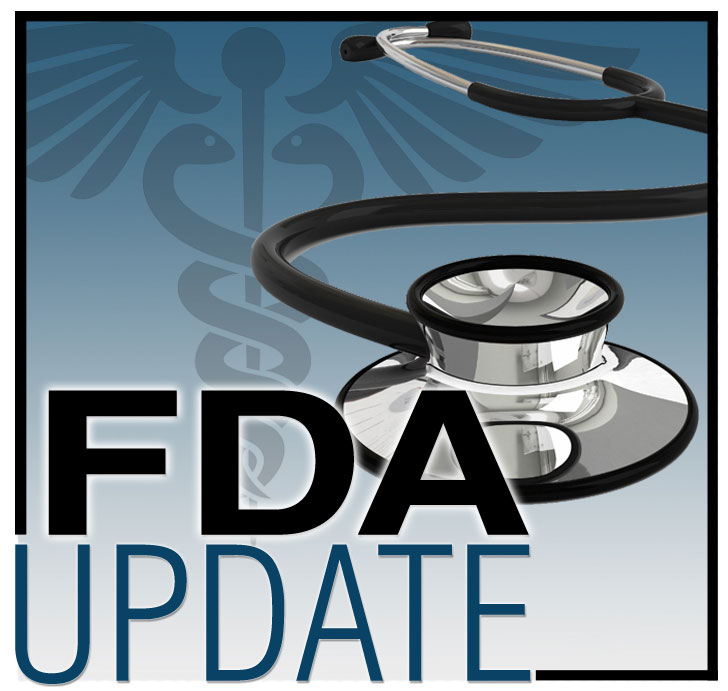- Clinical Practice (http://stage-voice.ons.org/topic/clinical-practice)
- U.S. Food and Drug Administration (FDA) (http://stage-voice.ons.org/topic/us-food-and-drug-administration-fda)
- Cancer Research (http://stage-voice.ons.org/topic/cancer-research)
- Cancer Treatments (http://stage-voice.ons.org/topic/cancer-treatments)
FDA Grants Accelerated Approval to Naxitamab for High-Risk Neuroblastoma in Bone or Bone Marrow
On November 25, 2020, the U.S. Food and Drug Administration (FDA) granted accelerated approval (https://www.fda.gov/drugs/drug-approvals-and-databases/fda-grants-accelerated-approval-naxitamab-high-risk-neuroblastoma-bone-or-bone-marrow?utm_medium=email&utm_source=govdelivery) to naxitamab (Danyelza®) in combination with granulocyte-macrophage colony-stimulating factor (GM-CSF) for pediatric patients one year of age and older and adult patients with relapsed or refractory high-risk neuroblastoma in the bone or bone marrow who demonstrate a partial response, minor response, or stable disease to prior therapy.

Efficacy was evaluated in two open-label, single-arm trials (study 201; NCT03363373 and study 12-230; NCT 01757626). Patients with progressive disease following their most recent therapy were excluded. Patients received 3 mg/kg naxitamab administered via IV infusion on days 1, 3, and 5 of each four-week cycle in combination with GM-CSF subcutaneously at 250 mcg/m2 per day on days -4–0 and at 500 mcg/m2 per day on days 1–5. At the investigator’s discretion, patients were permitted to receive pre-planned radiation to the primary disease site in study 201 and radiation therapy to nontarget bony lesions or soft tissue disease in study 12-230.
The main efficacy outcome measures were confirmed overall response rate (ORR) per the revised international neuroblastoma response criteria and duration of response (DOR). Among 22 patients treated in the multicenter study 201, ORR was 45% (95% CI = 24%, 68%) and 30% of responders had DOR ≥ six months. Among 38 patients treated in the single-center study 12-230, ORR was 34% (95% CI = 20%, 51%) with 23% of patients having DOR ≥ six months. For both trials, responses were observed in either the bone or bone marrow, or both.
The prescribing information contains a boxed warning stating that naxitamab can cause serious infusion-related reactions and neurotoxicity, including severe neuropathic pain, transverse myelitis, and reversible posterior leukoencephalopathy syndrome. To mitigate those risks, patients should receive premedication prior to each naxitamab infusion and be closely monitored during treatment and for at least two hours following completion of each infusion.
The most common adverse reactions (≥ 25% in either trial) were infusion-related reactions, pain, tachycardia, vomiting, cough, nausea, diarrhea, decreased appetite, hypertension, fatigue, erythema multiforme, peripheral neuropathy, urticaria, pyrexia, headache, injection site reaction, edema, anxiety, localized edema, and irritability. The most common grade 3 or 4 laboratory abnormalities (≥ 5% in either trial) were decreased lymphocytes, decreased neutrophils, decreased hemoglobin, decreased platelet count, decreased potassium, increased alanine aminotransferase, decreased glucose, decreased calcium, decreased albumin, decreased sodium, and decreased phosphate.
The recommended naxitamab dose is 3 mg/kg per day (up to 150 mg per day) on days 1, 3, and 5 of each treatment cycle, administered after dilution as an IV infusion in combination with GM-CSF, subcutaneously at 250 mcg/m2 per day on days -4–0 and at 500 mcg/m2 per day on days 1–5. Treatment cycles are repeated every four to eight weeks.
This review used the Real Time Oncology Review (https://www.fda.gov/about-fda/oncology-center-excellence/real-time-oncology-review-pilot-program) pilot program and Assessment Aid (https://www.fda.gov/about-fda/oncology-center-excellence/assessment-aid), a voluntary submission from the applicant to facilitate FDA’s assessment.
FDA granted the application accelerated approval based on ORR and DOR. Continued approval is contingent upon verification and description of clinical benefit in confirmatory trials.
FDA granted the application priority review, breakthrough therapy, and orphan drug designations. A priority review voucher was issued for this rare pediatric disease product application. A description of FDA-expedited programs is in the Guidance for Industry—Expedited Programs for Serious Conditions—Drugs and Biologics (https://www.fda.gov/regulatory-information/search-fda-guidance-documents/expedited-programs-serious-conditions-drugs-and-biologics).
Healthcare professionals should report all serious adverse events suspected to be associated with the use of any medicine and device to FDA’s MedWatch Reporting System (https://www.accessdata.fda.gov/scripts/medwatch/index.cfm) or by calling 800-FDA-1088.
For assistance with single-patient oncology investigational new drug applications, contact OCE’s Project Facilitate (https://www.fda.gov/about-fda/oncology-center-excellence/project-facilitate) at 240-402-0004 or email OncProjectFacilitate@fda.hhs.gov (mailto:OncProjectFacilitate@fda.hhs.gov).
